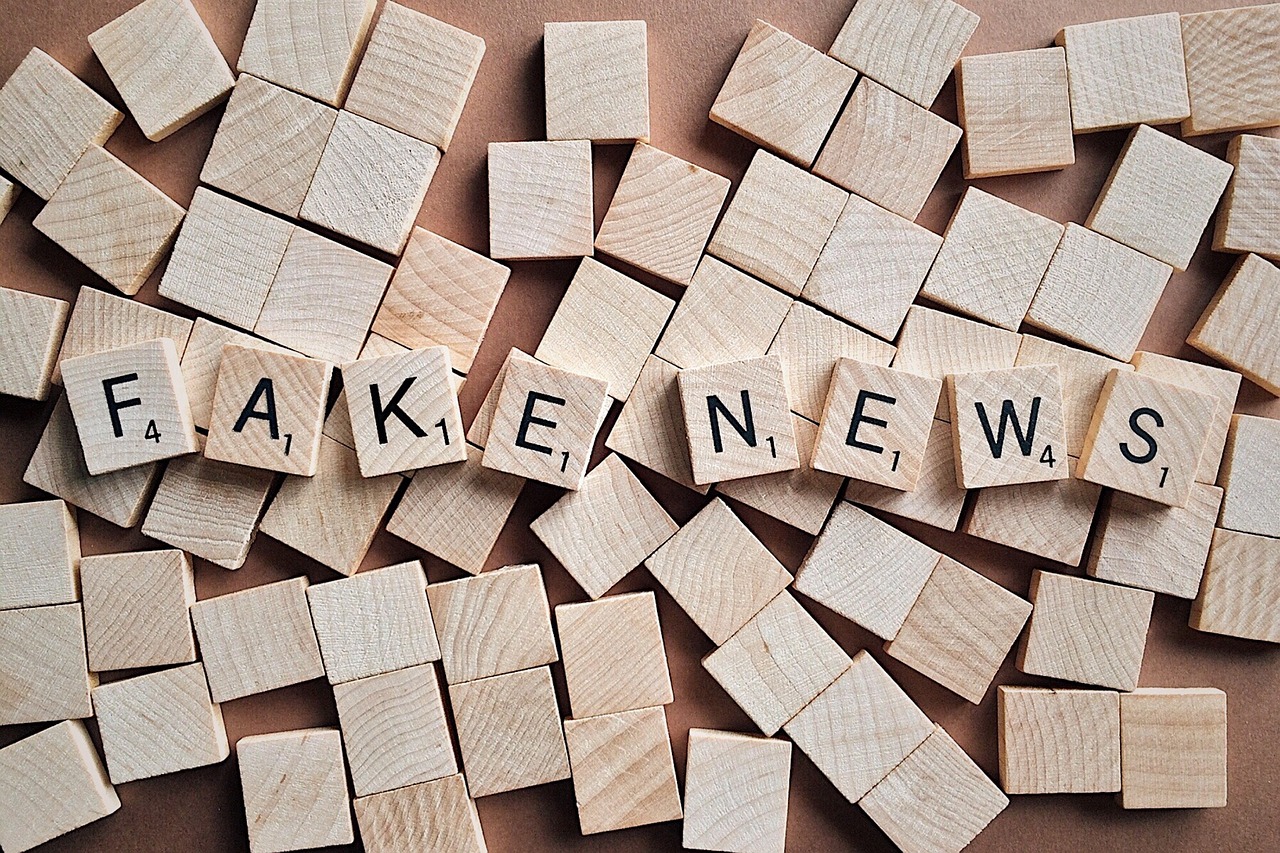1. Why Social Media Fuels Disinformation
- Algorithms Amplify Controversy: Social media platforms are designed to keep users engaged. Algorithms prioritize content that generates reactions—be it likes, shares, or comments—over accuracy, often amplifying controversial, sensational, or misleading posts. This creates echo chambers where users are exposed to content that aligns with their beliefs, reinforcing biases.
- Ease of Sharing: A post, article, or video can be reshared with just a click, allowing false information to spread rapidly. The more engaging or shocking the content, the more likely it is to go viral, regardless of its accuracy.
- Anonymous Accounts and Bots: Disinformation campaigns often use fake accounts and automated bots to post and spread content widely, giving the appearance that misleading information is more credible or popular than it actually is.
2. How Disinformation is Spread on Social Media
- Echo Chambers and Filter Bubbles: Many people curate their online spaces to reflect their beliefs. This creates filter bubbles where they primarily see information that aligns with their worldview, reducing exposure to counterarguments or fact-checking.
- Memes and Visuals: Disinformation often comes in the form of memes, images, or short videos that are visually appealing and easy to understand. These formats are more likely to be shared and are difficult to fact-check quickly.
- Confirmation Bias: People are more likely to believe information that confirms their existing beliefs, even if it’s false. This psychological tendency allows disinformation to spread easily among like-minded communities.
3. Real-World Impacts of Social Media Disinformation
- Public Health: Misinformation about vaccines, health practices, and diseases can lead to harmful outcomes, such as lower vaccination rates or dangerous DIY health practices.
- Political Polarization and Violence: Disinformation has been used to manipulate public opinion and can increase polarization, sometimes inciting violence or unrest.
- Climate and Science Denial: False information about climate change, environmental issues, and scientific research creates skepticism about critical global issues, delaying necessary action.
4. Examples of Disinformation Campaigns
- Election Misinformation: Social media has been widely used to spread false claims about election integrity, which has fueled distrust in democratic processes.
- Pandemic Disinformation: During the COVID-19 pandemic, disinformation about the virus, treatments, and vaccines was widespread, leading to significant public confusion and impacting health policy.
- Conspiracy Theories: False narratives, like those involving government cover-ups or nefarious groups, thrive on social media, often because they’re emotionally compelling and easy to spread.
5. How to Combat Disinformation on Social Media
- Education and Digital Literacy: Teaching people how to identify disinformation, verify sources, and question sensational headlines is crucial. Digital literacy can help people critically evaluate information before sharing it.
- Fact-Checking and Reliable Sources: Many platforms now offer fact-checking tags on posts, especially during events like elections or crises. Encouraging people to rely on reputable sources rather than social media alone for news can also help.
- Platform Accountability: Social media companies are being urged to take responsibility for the content on their platforms, which includes moderating harmful disinformation, limiting the reach of known disinformation sources, and being transparent about their algorithms.
- Global Collaboration: Since social media crosses borders, international organizations and governments are working together to create policies and strategies to curb disinformation on a global scale.
6. What You Can Do as a Social Media User
- Pause Before Sharing: Take a moment to verify information before sharing it. Cross-check facts with credible news sources.
- Use Fact-Checking Tools: Websites like Snopes, FactCheck.org, and official fact-checking organizations are excellent resources for verifying claims.
- Report Disinformation: Most platforms allow users to report false information. Reporting helps platforms recognize and reduce the spread of harmful content.
7. Looking Forward: The Future of Social Media and Disinformation
While social media has undeniably transformed communication, it also necessitates a more cautious, informed approach to consuming information. The future of managing disinformation may include improved AI tools for content moderation, stronger regulations, and a higher emphasis on media literacy worldwide.


